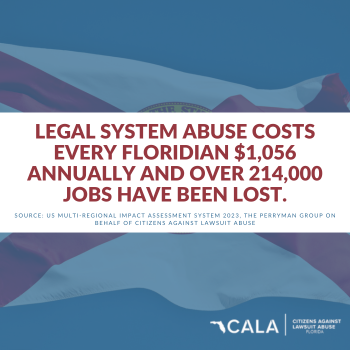Students have returned to school, but district leaders in many states are grappling with how to get them there. In Colorado, a shortage of bus drivers, along with chronic absenteeism, has stressed school-based transportation systems from Front Range to Western Slope, with many of the state’s 178 school districts nearing a crisis point.
It’s a human resources nightmare. As recently as mid-July, for example, the Jefferson County Public Schools system was struggling to hire enough bus drivers for the start of the 2022-23 school year. Last year, the district reported that an average of 29 of 229 routes went unfilled each day despite other staff members filling in. The Osceola County School District held a job fair in July, hoping to hire drivers for the 35 bus routes that went unfilled last year.
Some districts have told families to be prepared to bring their children to school themselves, a particularly onerous solution given rising gas prices and the long distances people living in rural areas would have to drive.
If our student transportation system seems outdated, that’s because it is. For all the ways that K-12 education has changed in the last decade — particularly in the last two years — getting kids to school isn’t one of them.
At the beginning of each year, districts set bus routes that remain fixed in time and space for the next nine months, with each bus expected to operate like clockwork regardless of weather, traffic, or a global health crisis. These bus routes operate with no margin for error — or else they risk delivering 40 to 50 students to school past the sounding of the first bell.
That’s why drivers can’t accommodate even the slightest alterations to their schedules — say, picking up a student who, over the weekend, moved into an emergency shelter that’s off the typical route. But even if the logistics for such a trip were possible, using one bus to pick up one student isn’t a good use of taxpayer money. So, the district is forced to choose between two untenable solutions: letting that student miss a day of school or wasting valuable resources by sending an empty bus to pick him or her up.
After 30 years as a teacher, principal, superintendent, and education leader in more than one state, I’m convinced that students need smarter, more flexible transportation options.
It’s past time for districts to find solutions to this growing problem.
Why is this so important? For starters, there’s a connection between reliable transportation to school and academic success, which raises troubling questions about equity. A 2017 report from the Urban Institute looked at student transportation in cities across the country. It found that “travel to and from school influence[s] a student’s ability to get to school on time, her number of absences, and her availability to participate in before- or after-school activities.”
Consider the academic impact on students whose routes were temporarily canceled last year due to driver shortages. Families in economically disadvantaged communities may not have had access to a car or enough money to pay for a ride-sharing service. Many of those children had no other option but to miss school for … what? a day? A week? At least until the district found substitute drivers. And this problem isn’t new; as the former interim Superintendent of Denver Public Schools, I experienced these kinds of transportation problems years ago.
What if districts incorporated more innovative solutions into their transportation plans every year? These services exist and have the technology, flexibility, and safety measures to quickly adapt to student needs. There are successful examples in practice in parts of Colorado already. Services like HopSkipDrive can accommodate the students not best served by the school bus, helping school districts reserve buses and bus drivers for fully utilized bus routes. The best providers can adapt to meet the needs of students, helping to alleviate the weak points of the bus-only system.
This type of service can ensure that children experiencing homelessness, in the foster system, or with special needs receive the federally required transportation without disruptions to route planning. It can help districts give children who are chronically absent specialized transportation attention to help maintain their engagement in school. It can open up more equitable opportunities for students to take part in magnet programs or enroll early in college courses. Many of these programs require off-site travel and have historically been closed to students who lack their own means of transportation.
Districts also have other options at their disposal, including providing stipends for municipal transportation services, allowing teachers in rural areas to drive students themselves, and creating financial incentives to hire and retain more bus drivers.
The old, inflexible bus-only system is broken. State and district leaders must be open to considering alternative ways to support students whose unique situations fall outside the scope of what traditional school bus routes can handle. It’s the only way to ensure that every student, regardless of socioeconomic status, has a chance to come to school each day.
This article was originally published by RealClearEducation and made available via RealClearWire.









